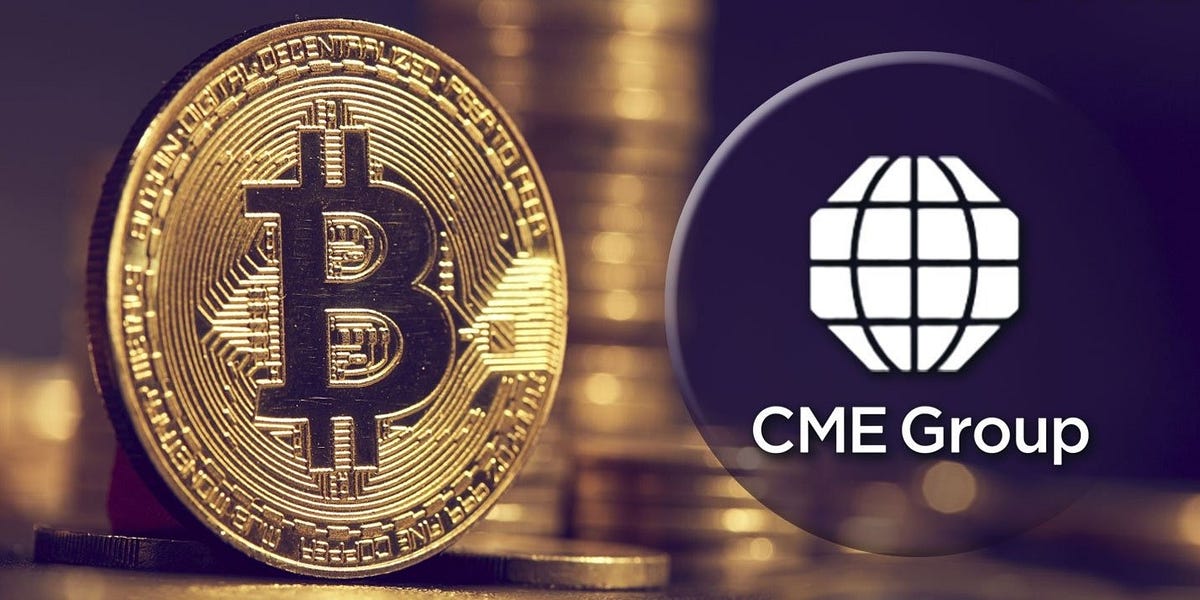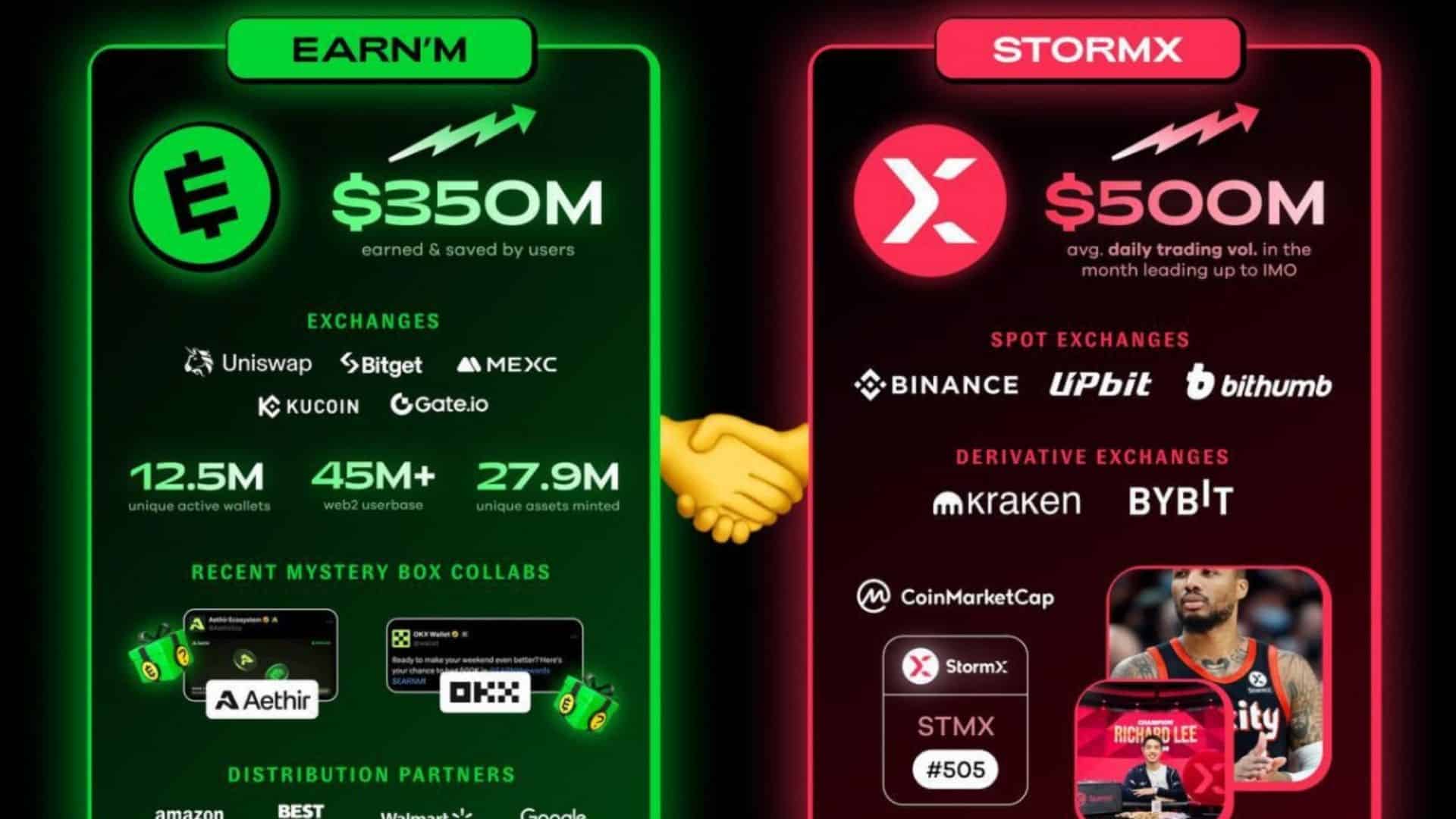I f**king hope so.
Don’t know what bear market is? Read this.
II’m heavily invested in the market. Six figures invested. I care, a lot, about the current financial markets. I care about the outlook.
Last week I met my financial advisor at a member’s only club in the heart of Vancouver. Before we consumed our Poke bowls and Californian Chardonnay, we zoomed in on a fund manager from a major financial services company.
He’s optimistic, as is my advisor, that we’ve reached the bottom of the bear market. CNBC and MarketWatch are similarly bullish.
We discussed how the S&P has regained 50% of its losses as of August 12th. Encouraging! In addition, the travel index says people are spending money despite the high cost and unreasonable hassle that now accompanies going basically anywhere outside their home state or province.
At 34, I’m a young high net worth individual. The irony is, my advisor is younger than I am, and I’m fairly confident the fund dealer is also a millennial.
As the wine goes down, the outlook gets brighter. Maybe all of this inflation stress is all for naught. Maybe this is the bottom.
So, what are the odds?
Toss a coin.
Because the answer is roughly 50%.
The Leuthold Group recently analyzed metadata in an attempt to identify true market rallies and gotcha! style fake outs. They plotted prices in twenty-four price runups spanning the last 65 years.
The conclusion: there’s simply no reliable way to tell, in the moment, whether you’re back on the rocket ship or on the edge of a cliff.
Yet as of Aug 12th, markets have recovered roughly 50%. For many, this is a market bottom signal. The sheer numbers are convincing:
- From peak-to-trough decline, markets have recovered 50%.
- $7 Trillion (!!) has flowed back into the U.S. stock market
- Historically, fake-outs had smaller gains, around 11%. Since mid-June, the S&P has recovered 17%.
- In the past, the rallies were faster, generally rising 10% within a week. This rally has taken a month.
As I listen to my advisor and the fund manager, it’s easy to be swept up in the enthusiasm. But here’s the thing: the numbers are simplistic if not put into context.
Previous recessions have had similar rallies. The Dotcom Bubble and the Sub-Prime Mortgage crisis had staggering drops, followed by violent rallies, only to crash and burn again for months on end.

The problem with millennial advisors is blind optimism. After all, their careers haven’t seen the light of a recession. They present only the bullish take. They make their living keeping their clients invested.
When I ask an ex futures trader what markets will do, he answers with: “I don’t f**king know.”
It’s the only true answer.
One thing is for sure: headwinds are on the way. Inflation, although dipping, is still unsustainable and bold action is required. Housing sales, as well as prices, are dropping. The uncertainty of Russia and China looms.
But trying to predict what markets will do is literally the same as predicting the future. And how successful are we in doing that?
About as good as flipping a coin.







